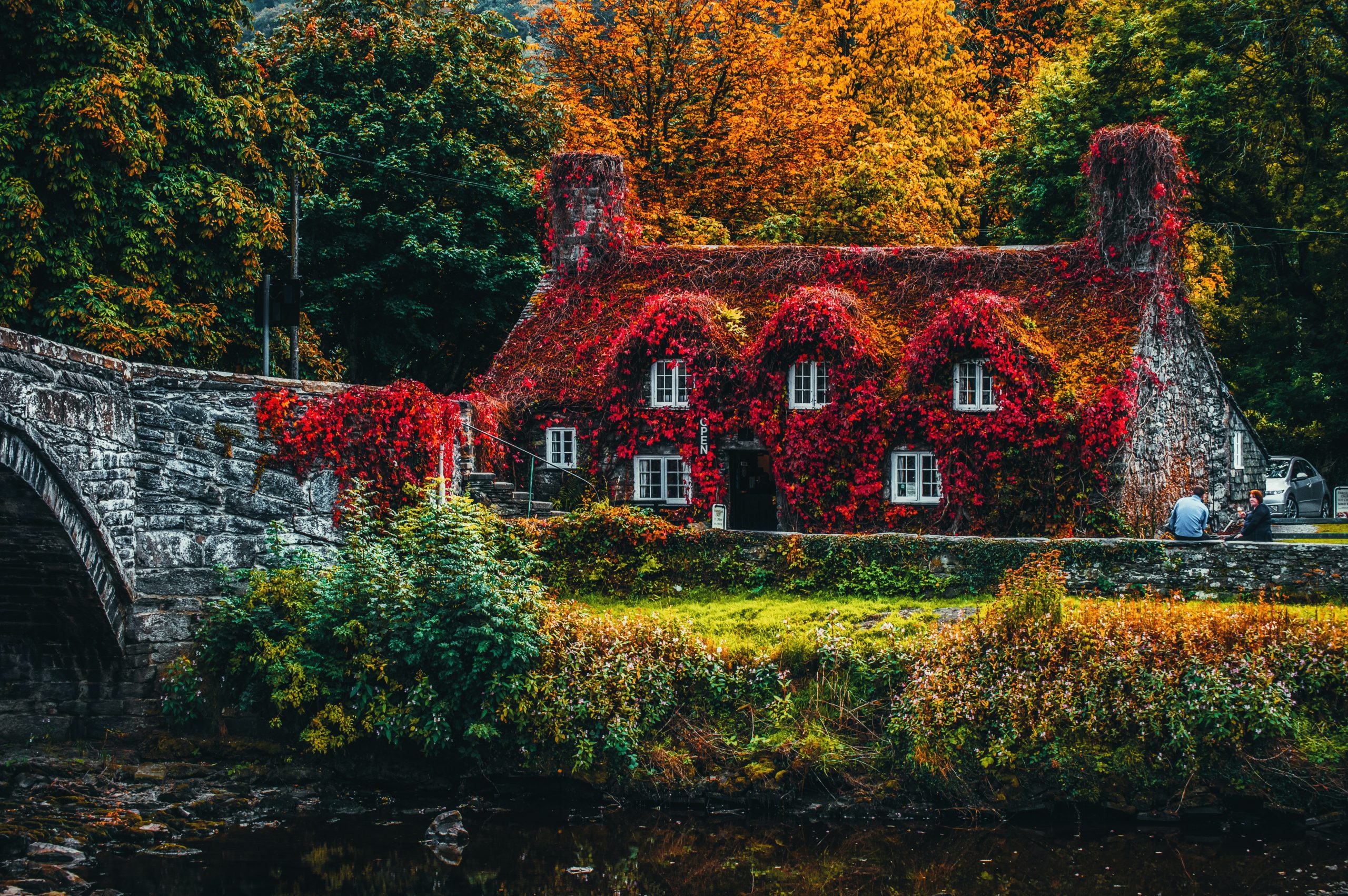Tips for Home Foundation Maintenance


To keep your home sturdy and safe, paying attention to its foundation is essential. Winnipeg’s extremes in weather, be it dry, wet or freezing, take its toll. The cost of foundation maintenance can be minimal and require little time & effort. But major foundation repair can cost you thousands. With some simple monitoring & maintenance, you can ensure your home’s foundation is in good shape for years to come.
- Do regular foundation inspections. Even if you don’t see cracks in the walls or foundation, you should still do foundation inspections at least twice per year. Walk around your house, inside & out, looking for things like cracks (in the foundation, walls & ceiling), buckling walls or floors, sagging roof, doors that stick or swing open, window frames that look like they no longer fit. If you notice any signs that suggest the foundation may be damaged (or suffering), call in a specialist to investigate. If you catch a problem before it becomes too severe, you may be able to do minor repair work without needing a major overhaul.
- Don’t ignore minor cracks. Take a photo, and write down its location & length. Re-measure every couple of months. If the crack is getting longer, it may be time to get a specialist in to find the cause.
- Maintain consistent moisture levels in the soil around your house to limit soil expansion & contraction. Maintain drainage around your foundation during wet periods, and add water during dry periods. In dry months, the soil shrinks and starts to crumble around & underneath your home, causing the foundation to shift. This results in wall & ceiling cracks, and settling – a drop in the floor. If there is a gap between the soil and foundation, it’s time to start watering the soil around the foundation, about 6 FT (1.8 M) away from the house, letting the water get down into the ground. But be sure not to overwater, as excess soil moisture is also a culprit, possibly seeping into your porous concrete foundation. Moisture causes the soil to expand, and if this expansion is concentrated in only one area of your foundation, it will cause movement, resulting in foundation cracks. In winter, melting snow can creep into those cracks, freezing & thawing, further exacerbating the problem. The type of soil around your house will affect its moisture retention. Sandy soil remains stable as water passes through it, while soils rich in clay undergo significant expansion & contraction based on their moisture content, putting enormous pressure on your foundation walls. When water turns to ice, its volume increases. Thus, when wet soil freezes, the wedging or heaving force on your foundation can be extremely powerful.
- Provide drainage away from the foundation perimeter, encouraging even moisture content, and ensure there is no standing water near the foundation wall. Inconsistent moisture can cause movement in the foundation. And don’t forget about your downspouts – 1 downspout per 35 FT (10.7M) of gutter, ideally extending 6 FT (1.8M) from your house.
- Make sure trees around your home are not causing foundation problems. Check with a specialist, especially if trees are large. Be sure to keep them watered in dry months, and don’t be stingy! If the trees can’t find the needed moisture, they will venture towards the moist soil beneath your foundation.
- Grade soil away from the foundation. For the first 5 FT, a 5% slope at least, so water flows away from the foundation. Ensure flowerbeds, sidewalks, patios, driveways next to the house drain drain away from the foundation.
- Maintain a steady temperature/humidity inside your home to prevent foundation expanding & contracting. A whole home dehumidifier is a good investment, working with the furnace & air conditioner to keep the relative humidity low.
- Check for leaks inside and around your home, including checking the sewer line, potable water lines, and plumbing system. Leaking water can cause adjacent areas of the soil to have inconsistent moisture levels, damaging the foundation. An unexpected increase in your water bill could mean a hidden leak.
Fall Home Maintenance Checklist


When the last of summer's heat is a faint memory, and you're pulling out your hoodies more than your shorts, it's time to tackle a few simple chores that'll make winter more pleasant and prevent some nasty surprises next spring. This fall checklist helps!
- Remove Garden Hoses From Faucets - Leaving hoses attached can cause water to back up in the faucets and the plumbing pipes just inside your exterior walls. That water could freeze, expand, and crack the faucet or pipes. Make this an early fall priority so a sudden cold snap doesn’t cause damage. To guard against minor leaks, turn off any shutoff valves on water supply lines that lead to exterior faucets. Drain garden hoses and store them in the garage.
- Seal Air Leaks - Grab a couple of tubes of color-matched exterior caulk and journey around your home’s exterior, sealing cracks between trim and siding, around window and door frames, and where pipes and wires enter your house. Preventing moisture from getting inside your walls is one of the least expensive, and most important, of your fall maintenance jobs. You’ll also seal air leaks that waste energy. Pick a day above 10 C so caulk flows easily.
- De-Gunk Your Gutters - After the leaves have fallen, clean your gutters to remove leaves, twigs, and gunk. If you’re not comfortable on a ladder, hire a helper. Ensure gutters aren’t sagging and trapping water; tighten gutter hangers and downspout brackets. Replace any worn or damaged gutters and downspouts. Coloured grit from asphalt roof shingles in gutters indicates roof damage - that sand-like grit protects shingles from damaging ultraviolet rays. Downspouts should extend at least 5 feet away from your house to prevent foundation problems. If they don’t, add downspout extensions.
- Eyeball Your Roof - Stay safe and use binoculars to inspect your roof from the ground. Look for warning signs: shingles that are buckled, cracked, or missing; rust spots on flashing. Any loose, damaged, or missing shingles should be replaced immediately. Masses of moss and lichen could signal roofing that’s decayed underneath. A plumbing vent stack is usually flashed with a rubber collar that may crack or loosen over time - make sure they’re in good shape.
- Direct Your Drainage - Take a close look at the soil around your foundation and make sure it slopes away from your house at least 6 vertical inches over 10 feet. That way, you’ll keep water from soaking the soils around your foundation, which could lead to cracks and leaks. Be sure soil doesn’t touch your siding.
- Check Your Furnace - Schedule an appointment with a heating & cooling pro to get your heating system checked and tuned up for the winter. Change your furnace filters, too. This is a job you should do every two months anyway, but if you haven’t, now’s the time. If your HVAC includes a built-in humidifier, make sure the contractor replaces that filter.
- Prune Trees - Late fall is the best time to prune plants and trees, when the summer growth cycle is over. Your goal is to keep limbs and branches at least 3 feet from your house so moisture won’t drip onto roofing and siding, and to prevent damage to your house exterior during high winds.
- Give Your Fireplace a Once-Over - Grab a flashlight and look up inside the flue. Make sure the damper opens and closes properly. Make sure the flue is free of birds’ nests, branches, leaves, or other obstructions. You should see daylight at the top of the chimney. Check the firebox for cracked or missing bricks and mortar. If you spot any damage, order a professional fireplace and chimney inspection. The flue should be cleaned of creosote buildup every other year.

10 Signs It's Time to Downsize
(excerpted from Dan Stout at familyhandyman.com)
What once may have been the perfect home for you and your family may now seem too large. If you’re unsure whether it’s time for you to downsize, here are 10 signs that may point you in the right direction.
Maintenance Has Become Overwhelming - If the cost and physical activity it takes to maintain your house and yard has become too much, and is a source of frustration, it’s likely time to downsize.
Unsustainable Monthly Expenses - In addition to the price of maintenance, simply owning a large home can carry steep holding costs. Taxes can rise dramatically as valuations increase, which is especially hard for those on fixed income. Generally speaking, a smaller home equals smaller monthly expenses.
Time To Cash Out the Land Bank - Even if you’re doing fine, you may want to consider selling a home with a value that has risen steadily over the years. Maybe you want to set up your retirement. Or cross some items off the bucket list. That money tied up in your larger home can be made to work for you more directly!
Empty, Unused Space - Why spend time and money keeping unused areas clean and heated when they’re far more likely to collect junk than bring joy? That space isn’t just sitting there, it’s weighing you down - financially, physically and mentally.
Reminder of Loss - Empty nesters, widows and widowers, divorcees, or those who have lost a job may find their home is a constant reminder of loss. If the thought of a new home lifts a weight from your shoulders, its likely time to downsize.
Aging in Place - Some choose to downsize to a more accessible home that will meet their needs as they age (bungalow or condo, walk-in shower, walker-friendly doorways) instead of an assisted living facility.
A Growing Desire to Simplify Your Life - Many people who settle in large homes end up wishing they had purchased a smaller one. Financial reasons may be part of it, but some seek to downsize in order to strip away unneeded complications and focus on what matters most.
Major Life Change - A major life change is often a sign that it’s time to simplify and downsize. This may occur at retirement. Other such events include loss of a loved one, divorce, loss of a job, or a desire to chase a long-held dream. Whatever the reason, is your current home the best match for your new situation?
Environmental Impact - If your impact on the environment is a top priority for you, one of the most dramatic ways to reduce your carbon footprint is to downsize your home to the size that’s perfect for you.
You’re Often Away From Home - What’s the point of having a big, beautiful home if you're never in it? If you’re constantly traveling for business, or at the cottage all summer and down south all winter, then the mortgage interest, taxes and utility costs to maintain that property is money down the drain. If it feels like you’re not making the best use of your home, consider whether it makes more sense to downsize.

 Facebook
Facebook
 X
X
 Pinterest
Pinterest
 Copy Link
Copy Link

